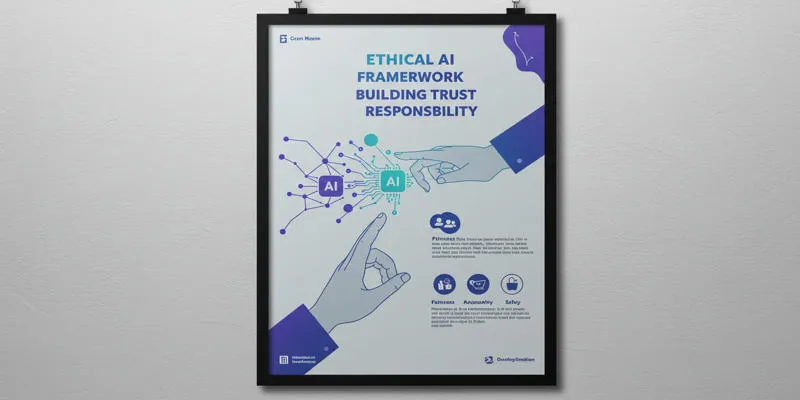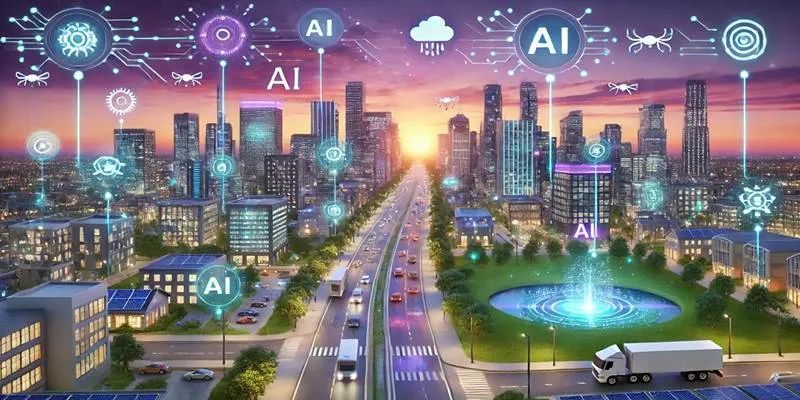An AI self-driving company has set its sights on Japan, bringing its autonomous vehicle technology to one of the world’s most intricate driving landscapes. Japan’s blend of modern highways, tight city streets, and rural roads makes it a proving ground for innovation. Beyond just a business expansion, this move reflects how self-driving technology is beginning to meet real-world needs, such as helping an aging population stay mobile and addressing driver shortages in remote areas. By stepping into Japan, the company aims to show that autonomous vehicles can handle not just predictable routes, but the subtle, everyday challenges of human-centered transportation.
Why Japan Matters for Self-Driving Technology
Japan offers a distinctive environment for an AI self-driving company to showcase its capabilities. The country is home to a dense network of narrow streets, crowded intersections, and a population that has long embraced high-tech solutions. An aging society is one reason self-driving vehicles are seen as a practical option, providing mobility to older adults who may no longer feel comfortable driving themselves. While public transportation is highly efficient in Japan, rural areas remain underserved, where autonomous vehicles could help fill the gaps by offering reliable alternatives.

The government has shown support for the adoption of autonomous vehicles. Over the past few years, Japan has updated regulations and safety guidelines to accommodate trials and limited rollouts of self-driving cars on public roads. These policy shifts make Japan an attractive destination for companies looking to test and deploy their systems in a complex but controlled market. For AI-driven vehicles, proving they can operate safely in such an environment can open doors to similar markets worldwide.
Challenges of Driving in Japan
Despite its enthusiasm for technology, Japan poses a unique set of challenges that an AI self-driving company must tackle head-on. Road infrastructure in older parts of the country is often not designed with modern vehicles in mind. Streets in traditional neighborhoods can be too narrow for two cars to pass comfortably, requiring highly precise navigation systems. Parking spaces are often limited and require creative maneuvering, which can test even experienced human drivers.
Weather patterns in Japan also put autonomous technology to the test. Heavy rains, typhoons, and snowy winters in some regions create conditions that demand vehicles adapt quickly to changes in visibility, traction, and road hazards. Moreover, pedestrian culture in Japan requires careful calibration of sensors and decision-making algorithms. Pedestrians sometimes cross outside marked zones or walk along roads with little separation from vehicles. A self-driving system must be able to respond predictably to protect both passengers and people on the street.
The Company’s Strategy for Success
The AI self-driving company entering Japan has developed a tailored strategy to meet these growing and unique demands effectively and responsibly. Early reports suggest the company is starting with a pilot program in select areas rather than a full-scale nationwide rollout. This deliberate approach allows its vehicles to gather real-world data, refine performance, and learn from complex Japanese road conditions. The company’s engineers have been working closely with local partners to map streets in high detail and integrate traffic rules specific to each region accurately.

Another key part of its strategy involves working collaboratively with municipalities. Many smaller cities and rural towns in Japan are eager to test autonomous vehicles as a way to support their aging populations and address increasing shortages of taxi and bus drivers. By focusing initially on these underserved areas, the company can clearly demonstrate its value before attempting to expand into more crowded and demanding urban centers like Tokyo or Osaka.
It is also reported that the company has invested in developing a highly intuitive and user-friendly interface for passengers, allowing riders to interact with the vehicle and understand its decisions in real time. This transparency and accessibility can help build public trust, which is critical in a society that places high value on both safety and long-term reliability.
The Road Ahead for Self-Driving in Japan
The entry of this AI self-driving company into Japan is more than just a business move; it’s a signal of how autonomous technology is maturing and becoming adaptable to diverse environments. The success of the program in Japan could inspire similar initiatives in other countries with aging populations and complex infrastructure. Analysts expect the company’s performance here to serve as a benchmark for how well self-driving cars can navigate not just highways but also the narrow streets and unpredictable scenarios of daily life.
At the same time, the company will need to maintain a careful balance between innovation and caution. Public perception can shift quickly in the wake of accidents or technical failures. Continuous testing, transparent communication, and a strong focus on safety will play a decisive role in determining whether the company can earn long-term acceptance.
Japan’s move toward autonomous vehicles also reflects broader trends in transportation, where AI-driven solutions are viewed as part of a sustainable and efficient future. If successful, the technology could help reduce traffic accidents, lower emissions by optimizing driving patterns, and improve access to mobility for people who might otherwise feel isolated.
Conclusion
The launch of an AI self-driving company’s operations in Japan marks an important moment for the evolution of autonomous vehicles. With its challenging roads, aging population, and strong technological base, Japan offers an ideal testing ground for proving the real-world capabilities of self-driving systems. The company’s thoughtful approach—focusing on local partnerships, gradual rollouts, and adaptability to unique conditions—shows a clear understanding of the environment it is entering. As Japan watches this new chapter unfold, the lessons learned here may help shape the future of self-driving technology well beyond its borders. The world will be paying close attention to see how this ambitious effort changes both transportation and daily life.
 zfn9
zfn9























